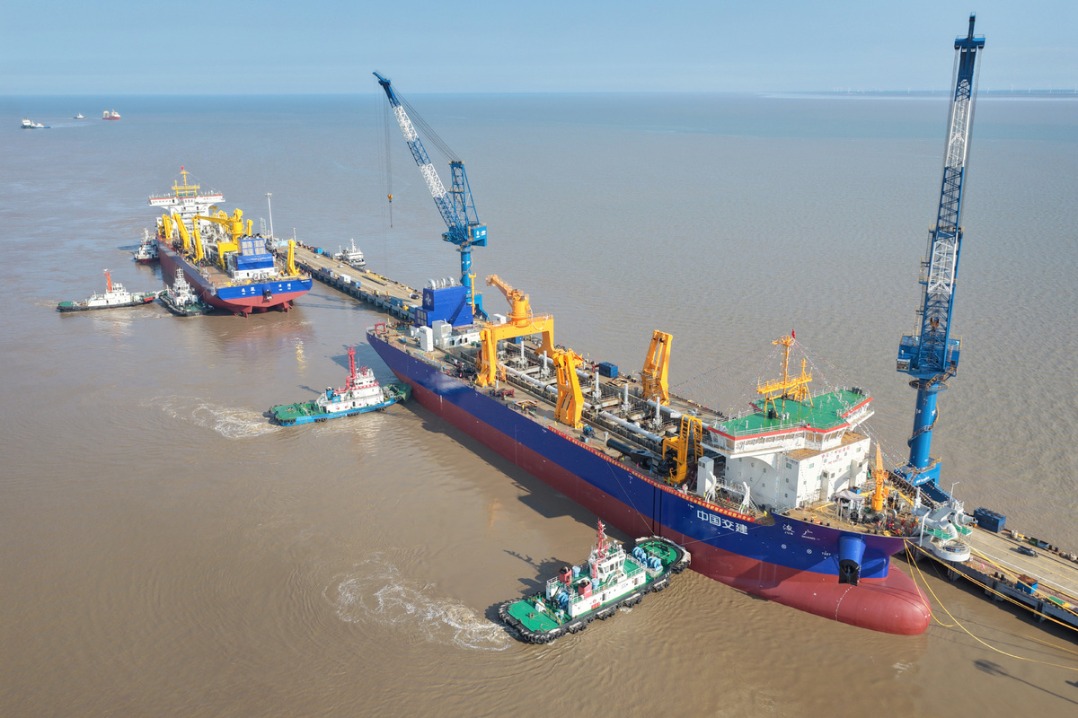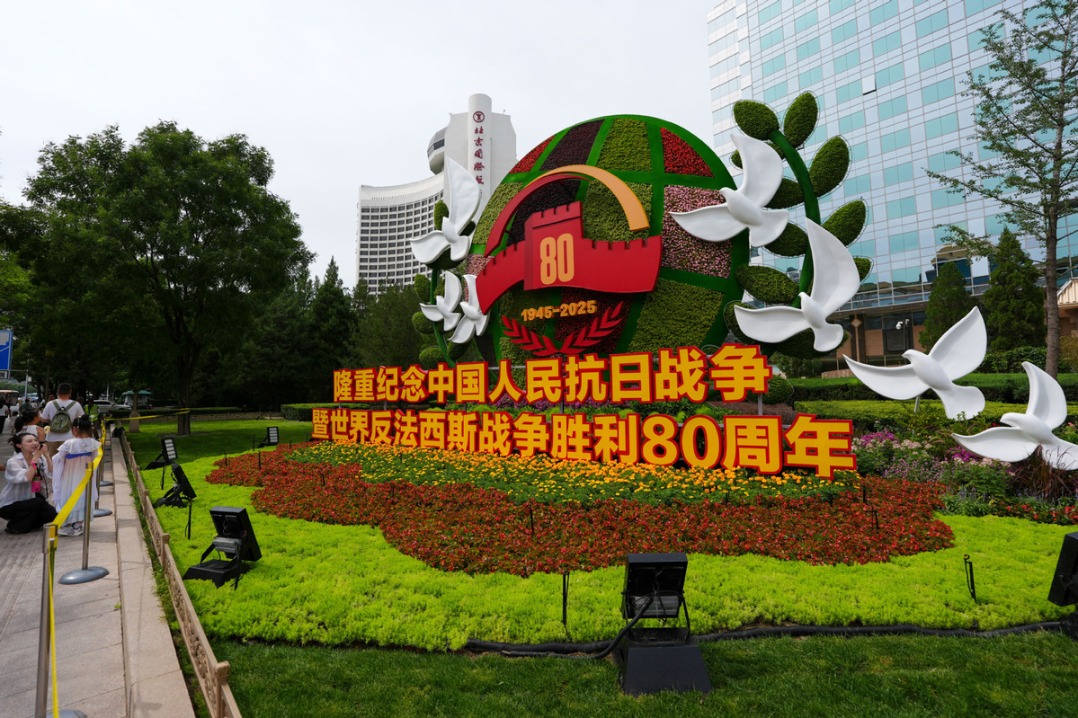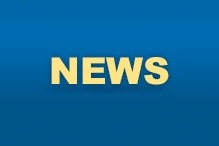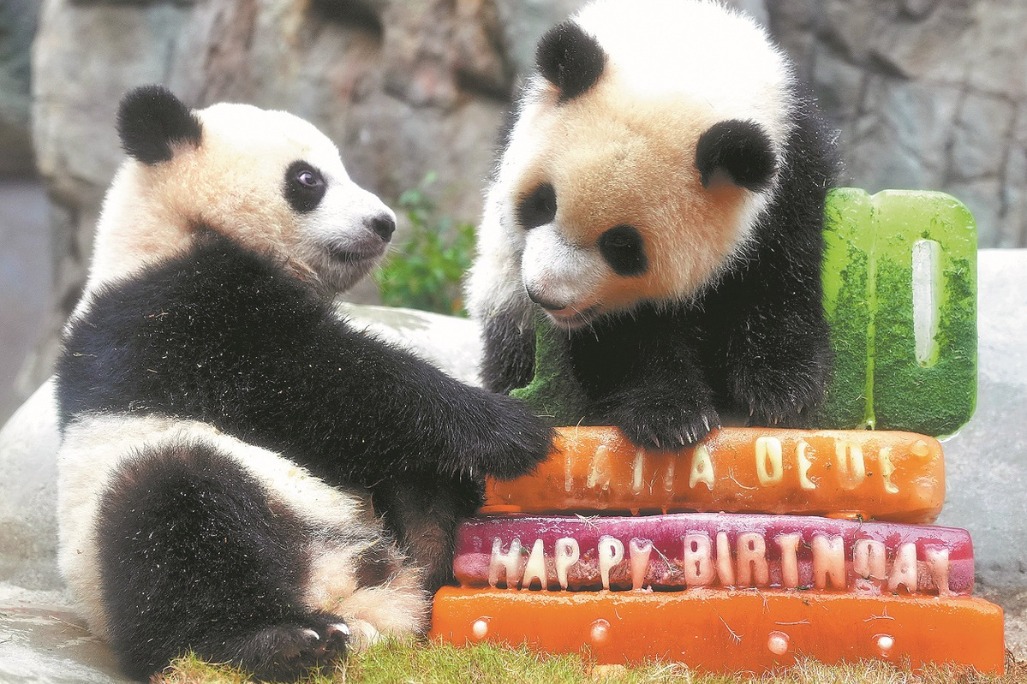China's 2021 in 10 Q&As

BEIJING -- In retrospect, 2021 may have not only reshaped China but also profoundly shed light on the future of the world's second-largest economy.
The following are 10 quick questions and answers on a year of great changes.
-- Is China's cure for poverty replicable?
China declared in February this year that absolute poverty had been eradicated in the world's most populous country. Yet can China's cure for poverty be replicated elsewhere?
The short answer is yes and no. The Chinese strategy for poverty eradication is made possible by conditions and policies, such as the strong leadership of the ruling party and the large-scale mobilization of social and economic resources, that are not easily found elsewhere.
However, China's experience is valuable for the global fight against poverty: Economic growth is a prerequisite for poverty alleviation, especially when the growth is inclusive; In-depth research not only helps the government precisely identify impoverished residents, but also the specific causes of their poverty such as poor education levels, illness or natural disasters.
-- What kind of modernization is China seeking?
China's top legislative body in March approved a development blueprint to guide the country's march toward modernization. According to the plan, China will basically realize socialist modernization by 2035.
The nation seeks a people-centered modernization that is different from the Western model in which capital is the primary driver and dominant logic.
After studying the situation in the West, China will not choose a development path that consumes a large quantity of non-renewable natural resources in the process of its modernization. China is striving for people and nature existing in harmony.
In addition, China's modernization will be a road of peaceful development and will adhere to win-win cooperation. It will not follow the Western path of aggression, colonization and expansion, and will not create conflicts and crises abroad.
-- Can Western political theories explain the success of the century-old CPC?
The CPC, the world's largest governing party, celebrated its centenary in July this year with a grand ceremony and the marking of the achievement of the first centenary goal.
Western political theories are not fit to explain the CPC's success. Substantially different from Western-style political parties, the CPC is viewed by the Chinese people as "a party of our own."
For a party that has remained committed to serving the people, the country's 1.4 billion citizens are an inexhaustible source of strength. The Party has established democracy that suits China and benefits the Chinese people.
-- Why has China strengthened its economic regulations?
China launched a series of anti-monopoly probes and stepped up economic regulations over certain companies this year.
The strengthened regulations are specific and problem-oriented, which are prescriptions for certain persistent ailments, aiming for healthy longer-term development. The purposes of those moves include protecting privacy and data security, as well as safeguarding fair competition, innovation, and consumer interests.
It is worth pointing out that with the rapid development of the digital economy, many governments are also moving to beef up supervision and regulation over giant tech companies, preventing monopolies in the digital economy, safeguarding data security and combating illegal tax evasion.
-- Can China deliver on its green pledge?
China in October published a guiding document on the country's effort to achieve carbon peaking and carbon neutrality goals under the new development philosophy, laying out key targets and measures for the coming decades.
China's institutional strengths are guarantees for fulfilling its carbon commitment, including top-level design, strong leadership and economic incentive.
China's political system, which excels at top-level planning and implementation, will ensure its carbon reduction goals are fulfilled.
Meanwhile, the massive transition of the Chinese economy to a low carbon economy will see new jobs created, relevant technological innovation advanced and the competitiveness of domestic enterprises promoted.
-- What does China's "common prosperity" mean?
"Common Prosperity" has become a new buzzword in China this year.
As an essential requirement of socialism and a key feature of Chinese-style modernization, "common prosperity" aims to create a future where prosperity is shared by everyone in the country.
Common prosperity is not egalitarianism. It is by no means robbing the rich to help the poor as misinterpreted by some Western media. Protecting private property has been written into China's Constitution.
Common prosperity refers to achievements of the country shared by everyone both in material and cultural terms. It is not just an economic issue and far from simply redistributing wealth.
-- Is China's stringent virus approach "too costly"?
This year, the concerted efforts of the Chinese government and society have helped the country strike a balance between epidemic control and prevention and social and economic development.
The Chinese approach to taming the virus prioritizes the right to life, the most fundamental human right. For the Chinese policymakers, people's lives are invaluable and not a tradable option. The approach has proved effective in containing the epidemic and also gained strong public support.
It should also be noted that the country has always stressed quick and targeted responses to the epidemic to keep the impact on production and social lives at a minimum.
-- Why has China changed its population policy?
China released a decision in July this year allowing couples to have three children and rolling out support measures, ranging from tax breaks to more nurseries and flexible leave to encourage births.
The country has placed the issue of population high on its agenda. The population policy change is aimed at promoting the long-term, balanced development of the nation's population.
In order to improve the age structure of the aging population, increase labor supply, and invigorate Chinese society, the three-child policy is needed.
-- What will a modern socialist China bring to the world?
According to the communique of the sixth plenary session of the 19th CPC Central Committee held in November, the world's largest ruling party has "led the people in pioneering a uniquely Chinese path to modernization, creating a new model for human advancement and expanding the channels for developing countries to achieve modernization."
This model will see enormous opportunities unleashed, as China is expected to continue to contribute, according to experts, between 25 percent and 30 percent of global economic growth in the next five to 10 years.
China advocates a new approach to international relations, highlighting mutually beneficial cooperation and shared growth.
-- Why is the CPC a keen supporter of global cooperation?
This year marks the 20th anniversary of China's accession to the World Trade Organization. Along the way, China has not only honored its WTO commitments but also kept promoting win-win cooperation with other countries of the world.
The CPC understands that in an increasingly connected world, humanity face common threats ranging from post-pandemic economic recovery to the pressing challenge of climate change, and none can be resolved by a single country alone.
The original aspiration and mission of the CPC are to seek happiness for the Chinese people and rejuvenation for the Chinese nation. The Party is keenly aware that this aspiration and mission can only be achieved through peaceful development and global cooperation.
As a staunch supporter of multilateralism, the CPC has proposed building a community with a shared future for humanity. It is serious about this endeavor and has enshrined it in the Party Constitution.
- China's anti-fascist war to be retold through words of Western correspondents
- Fuxing Island to host 2025 Shanghai Urban Space Art Season
- Flight ban call after drones collide above iconic Shanghai skyscraper
- Officer shines as a leader who treats his soldiers like an elder brother
- Businesswoman accused of corruption extradited back to China
- One day in Taicang: Play apprentice, be a local





































